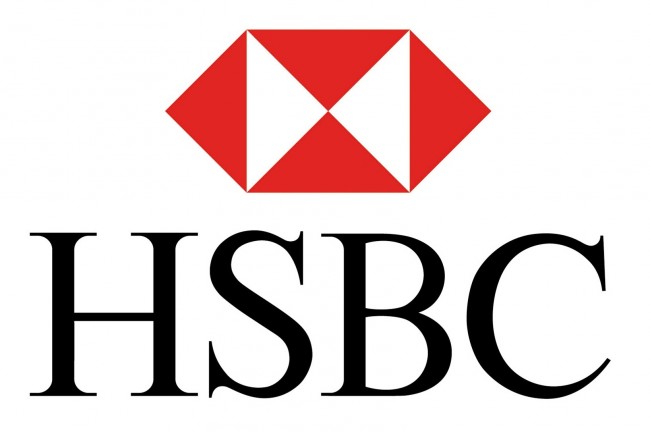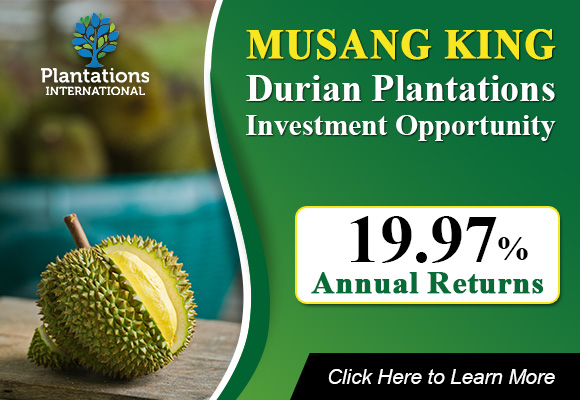“While some may view durian as a fruit with a strong taste, and others complain about its distinctive smell, we anticipate that demand for durian will rise by up to 400% annually, primarily fuelled by the growing popularity of durian in China,” HSBC Bank’s Asean region economist Aris Dacanay said.
HSBC Bank predicts that global demand for durian will surge by up to 400%, driven by a significant increase in durian consumption in China.
China has become the world’s leading importer of durian, accounting for a staggering 91% of the global durian market in the past two years, with a total value of US$6 billion. Durian has gained immense popularity in China, where consumers not only see it as a fruit but also as a symbol of generosity when given as a gift to friends and relatives during engagement ceremonies.
Demand for durian began to rise in China in early 2017. Often referred to as the “King of Fruits”, it sells for more than U$10 per kilogram in China, compared to an average price in Southeast Asian countries of around U$6/kg, Major exporters in the Asean group, which accounted for 90% of global durian exports in 2022, are benefiting from this trend, according to HSBC’s economist.
Thailand ranks top in the durian export ratings within the Asean region, and other members of the bloc are eager to compete.
This should be possible thanks to the Regional Comprehensive Economic Partnership (RCEP), a regional free trade agreement that includes Asean, China, South Korea, Japan, Australia, and New Zealand, which allows signatory countries to access the Chinese market freely and on equal terms, Aris noted.


